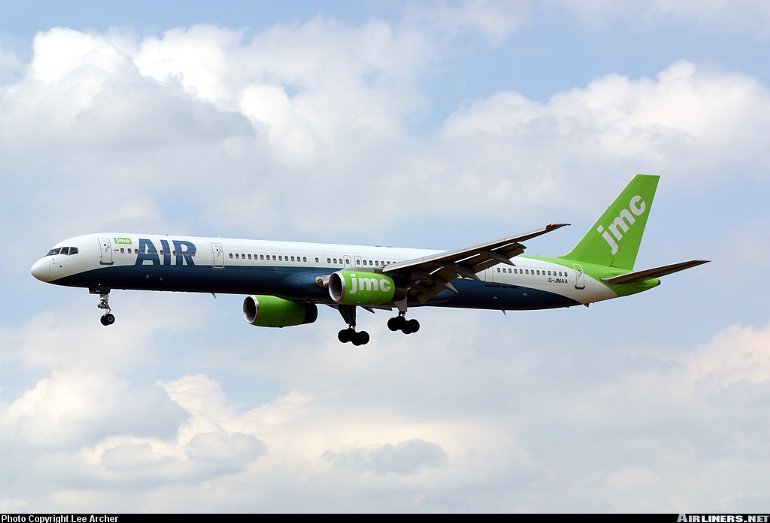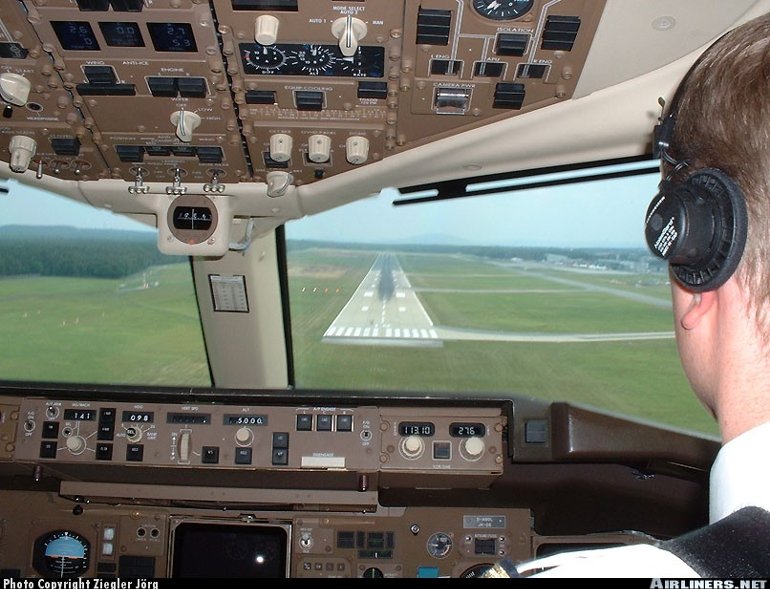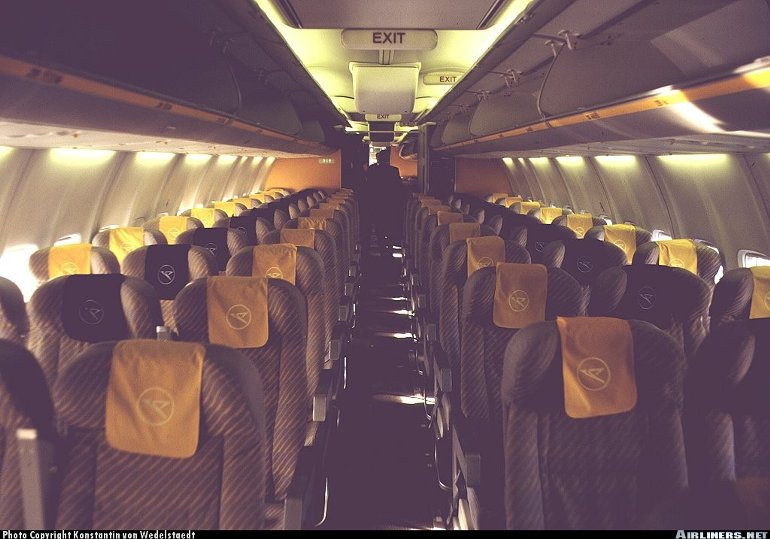Aircraft Technical Data
Boeing 757-300



| Details | |
| Country of Origin | United States of America |
| Type | Medium range narrowbody airliner |
| History | The stretched, 240 seat Boeing 757-300 is the first significant development of the basic 757-200 and is aimed primarily at the European vacation charter market. Although design work on the original 757 began in the late 1970s and its entry into service was in 1983, it wasn't until over a decade later in the mid 1990s that Boeing began to study a stretched development of its popular narrowbody twin. This new 757 stretch was covered by the 757-300X designation until its launch at the Farnborough Airshow in England in September 1996. The most obvious change over the 757-200 is the 300's 54.43m (178ft 7in) long fuselage, which is 7.11m (23ft 4in) longer than the standard aircraft (and only fractionally shorter than the 767-300). This fuselage stretch allows a 20% increase in seating to 225 to 279 passengers, depending on the interior configuration. Lower hold freight capacity is also increased by 40% over the 757-200 by virtue of the longer fuselage. Another feature of the 757-300 is its new interior which is based on that developed for the Next Generation 737 models. Features include a new sculptured ceiling, larger overhead bins, indirect overhead lighting and vacuum toilets. The 757-300 shares the 200's cockpit, wing, tail and powerplant options, although the 300 will feature strengthened structure and landing gear to cope with the increased weights, new wheels, tyres and brakes and a tailskid. The 757-300 first flew on August 2 1998, with certification in January 1999, and entry into service (with launch customer Condor - the charter arm of German flag carrier Lufthansa) in March 1999. The -300's 27 month development program from final configuration to planned first delivery is the fastest for any Boeing airliner (the 777-300 took 31 months for example). Other early customers are Icelandair, Arkia, Northwest, American Trans Air, Continental, and JMC Air. |
| Powerplants | Two 191.7kN (43,100lb) RollsRoyce RB-211-535E4-B turbofans, or 195.1kN (43,850lb) Pratt & Whitney PW-2043s |
| Performance | Cruising speed Mach 0.80. Range with 240 passengers 6055km (3270nm) with RB-211s, 6455km (3485nm) with PW-2043s. |
| Weights | Operating empty with RB-211s 64,590kg (142,400lb), with PW-2043s 64,460kg (142,110lb), max takeoff 122,470kg (270,000lb). |
| Dimensions | Wing span 38.05m (124ft 10in), length 54.47m (178ft 7in), height 13.56m (44ft 6in). Wing area 185.3m2 (1994sq ft). |
| Capacity | Flightcrew of two. Typical two class arrangement seats 240 passengers, comprising 12 premium class at 91cm (36in) pitch and 228 economy class at 81cm (32in) pitch. Max seating for 289 passengers in a high density configuration 71-74cm (28-29in) pitch. |
| Production | 63 ordered by May 2002, of which 30 had been delivered. |
| Related Links | Boeing 757-300 |
The backbone of this section is from the The International Directory of Civil Aircraft by Gerard Frawley and used with permission. To get your own copy of the book click here. |
|








